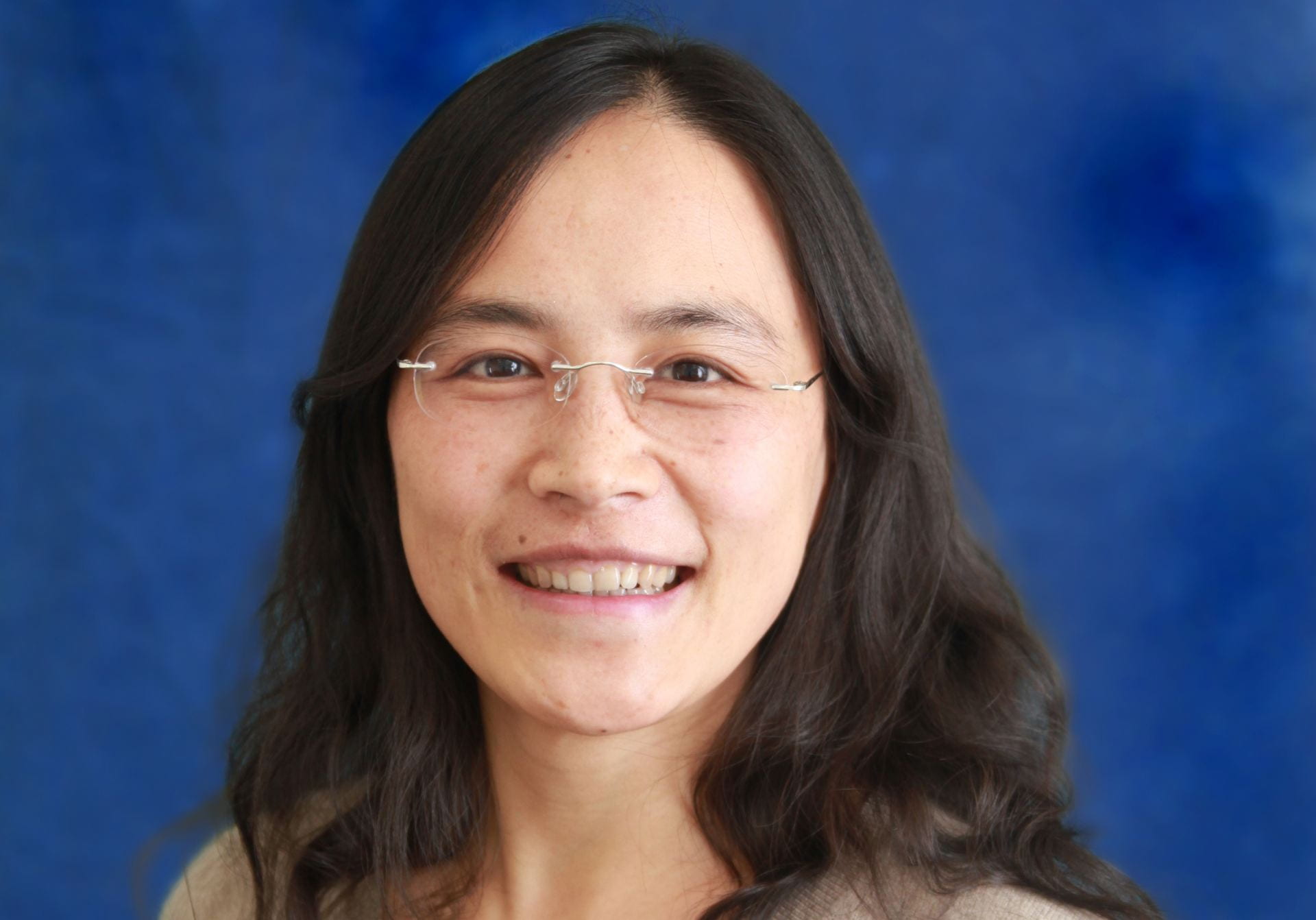UCI and 3 other UC campuses collaborate on teaching professor diversity initiative
NSF-funded UC HIRE alliance addresses Hispanic representation in STEM instruction

Irvine, Calif., March 31, 2022 – The University of California system is a bastion of student diversity: Nearly 40 percent are first-generation collegians; 36 percent come from low-income backgrounds; and 29 percent are racial or ethnic minorities. Now, with a $2.3 million grant from the National Science Foundation, faculty at four UC campuses, including the University of California, Irvine, will work together to increase representation among science, technology, engineering and math professors.
The new UC Hiring Interventions for Representation and Equity alliance – involving principal investigators from UCI, UC San Diego, UC Santa Cruz and UC Santa Barbara – is structured to boost hiring of STEM instructors from Hispanic backgrounds.
“UC Irvine has been designated as a Hispanic-serving institution based on the diversity of its student population, as have several other UC campuses,” said UCI Provost and Executive Vice Chancellor Hal Stern. “With this NSF-funded UC HIRE alliance, the system is taking important steps toward making the population of teaching professors more representative of our student population.”
Only 6 percent of the UC system’s teaching faculty are from racial or ethnic minority groups, according to a recent UC report.
“As members of the UC HIRE alliance, our goal is to address the demographic discrepancy between our students and the teaching-focused faculty that they interact with on a day-to-day basis in the classroom,” said alliance principal investigator Brian Sato, UCI professor of teaching in molecular biology and biochemistry.
Under the NSF’s Alliances for Graduate Education and the Professoriate, the five-year UC HIRE alliance will implement an iterative design-based research approach to increasing the number of Hispanic teaching professors. Alliance leaders on each of the four campuses have determined STEM schools or divisions in which to collaborate with search committees on equitable hiring plans and to develop best practices for inclusive teaching excellence and evaluation of inclusive teaching.
Alliance faculty have set a goal of working with 10 to 12 AGEP faculty fellows per year from STEM disciplines across the four campuses. The fellows will hold regular meetings to identify barriers to equity, diversity and inclusion among teaching professors and the best practices for breaking down those barriers.
Principal investigator Natascha Trellinger Buswell, UCI assistant professor of teaching in mechanical and aerospace engineering, said she hopes the work of the alliance will inspire the recruitment of diverse educators beyond teaching faculty, including those outside the UC system.
“In order to have a more diverse teaching faculty, we need to understand the pathways current Hispanic STEM faculty took and the challenges they faced,” she said. “From their journeys, we can better support a pathway for future Hispanic professors and help them realize the pathway is possible, hopefully with less bias and fewer systemic hurdles than the generation before them.”
About UCI’s Brilliant Future campaign: Publicly launched on Oct. 4, 2019, the Brilliant Future campaign aims to raise awareness and support for UCI. By engaging 75,000 alumni and garnering $2 billion in philanthropic investment, UCI seeks to reach new heights of excellence in student success, health and wellness, research and more. Learn more by visiting https://brilliantfuture.uci.edu.
About the University of California, Irvine: Founded in 1965, UCI is the youngest member of the prestigious Association of American Universities and is ranked among the nation’s top 10 public universities by U.S. News & World Report. The campus has produced five Nobel laureates and is known for its academic achievement, premier research, innovation and anteater mascot. Led by Chancellor Howard Gillman, UCI has more than 36,000 students and offers 224 degree programs. It’s located in one of the world’s safest and most economically vibrant communities and is Orange County’s largest employer, contributing $7 billion annually to the local economy and $8 billion statewide. For more on UCI, visit www.uci.edu.
Media access: Radio programs/stations may, for a fee, use an on-campus ISDN line to interview UCI faculty and experts, subject to availability and university approval. For more UCI news, visit news.uci.edu. Additional resources for journalists may be found at communications.uci.edu/for-journalists.


